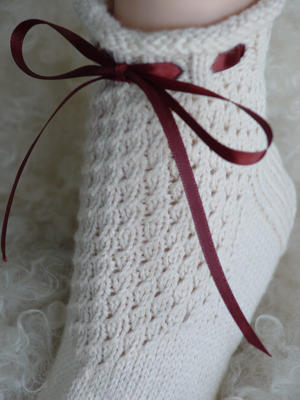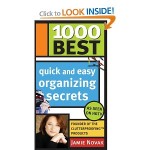Do you put one space or two spaces between sentences?
In my long-ago schooldays when typing a paper, I was taught to have 2 spaces between sentences. I don’t recall that I ever questioned the reason for this — it was just a given like other seemingly superfluous (maybe ridiculous?) rules in school.
Of course, that was long before the advent of desktop publishing on computers with proportional fonts. As I learned much later, the theory is that double spaces was deemed necessary for mono-spaced typewriter fonts. But historically for movable type (and now for proportional digital fonts), the extra space is not necessary.
Most modern references cite single space between sentences to be proper form, especially when using proportional fonts. I happen to be a total single-space-between-sentences convert. I didn’t need much motivation, and was actually somewhat relieved of no longer being burdened by that ‘rule’.
I still get submissions from many people who use double spacing. It isn’t too difficult to do a mass change-and-replace to single spacing if I need that for stylistic consistency with other material that is being published under my branding. Sometimes, if an article is left stand-alone (or is a quote from someone), I leave the double spacing. An example is the recent guest blog visit from Catherine Wingate).
So, I’m not really here to argue which is correct — single spacing or double spacing. But rather to acknowledge that it is evolving with the influence of technology.
I am sure that it is not coincidental that Apple technology adopted hitting the space bar twice (e.g. on iPhone) to insert a period followed by a (single) space. Now that’s efficiency without wasted space and motion. I can live with ‘double spaces’ there, because it is an elegant solution to satisfying proponents of double-spacing and single-spacing alike, lol.






